Torn between composite and timber cladding? This is how they compare on key factors and how you can tell which is right for your home
Both have a unique set of advantages – but how do you know which one is best? I asked the experts for the lowdown
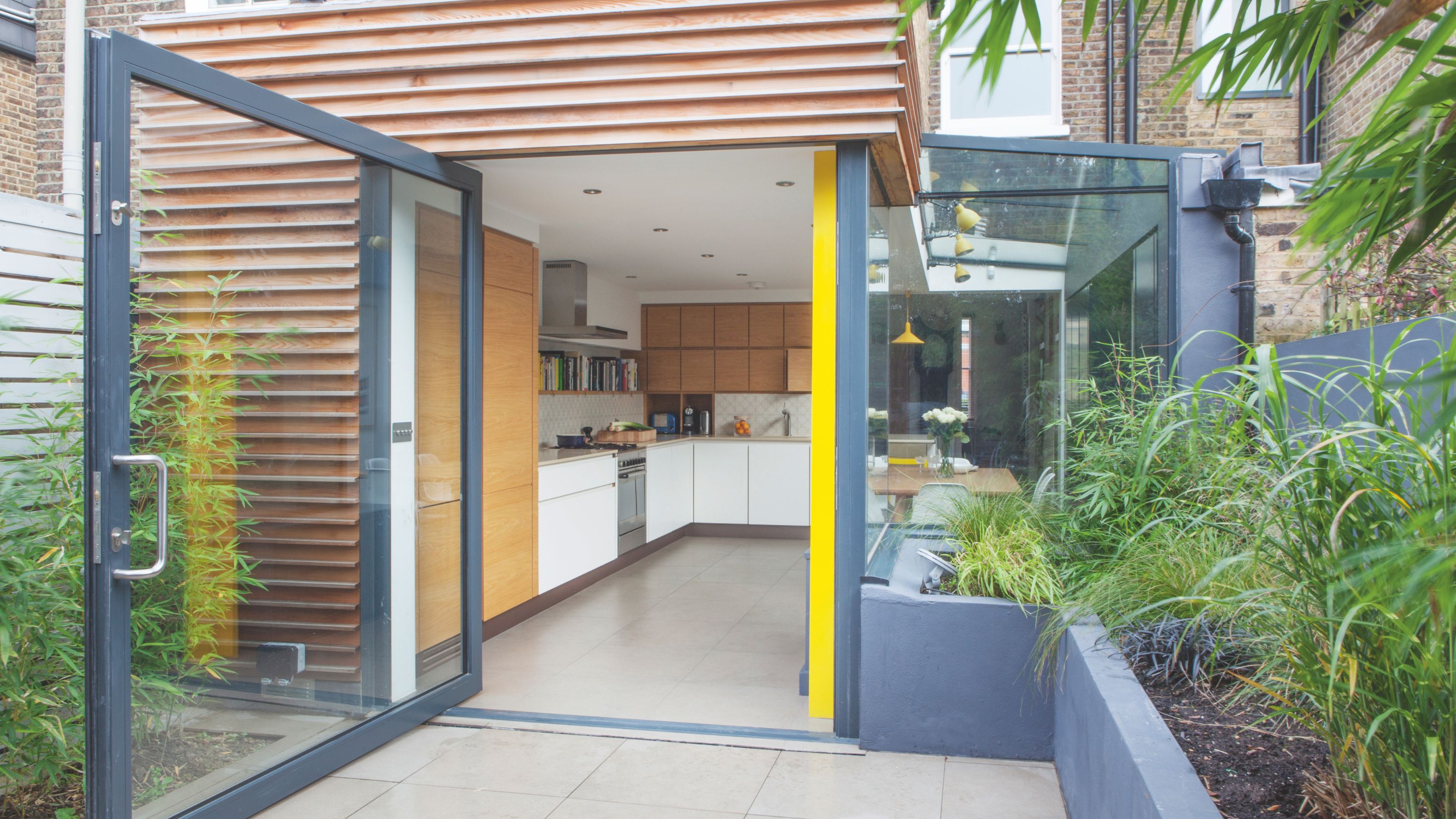

Cladding is a sought-after solution on renovation and extension projects across the UK. But with composite and timber both popular options, how do they actually compare?
Both types of cladding have their key differences, advantages and drawbacks. But is one actually better than the other? I asked the experts for their take.
What’s the difference between composite and timber cladding?
In order to understand which is exterior cladding is best for your home, you need to understand where the two materials differ on they key considerations you'd have as a homeowner.
While timber cladding may seem pretty self-explanatory, composite cladding may not.
This solution is typically made from a combination of wood fibres, recycled materials, polymers and binding agents to establish a hardwearing finish that needs minimal upkeep.
I've spoken to cladding experts in order to dive deeper into how these two options compare.
Material characteristics
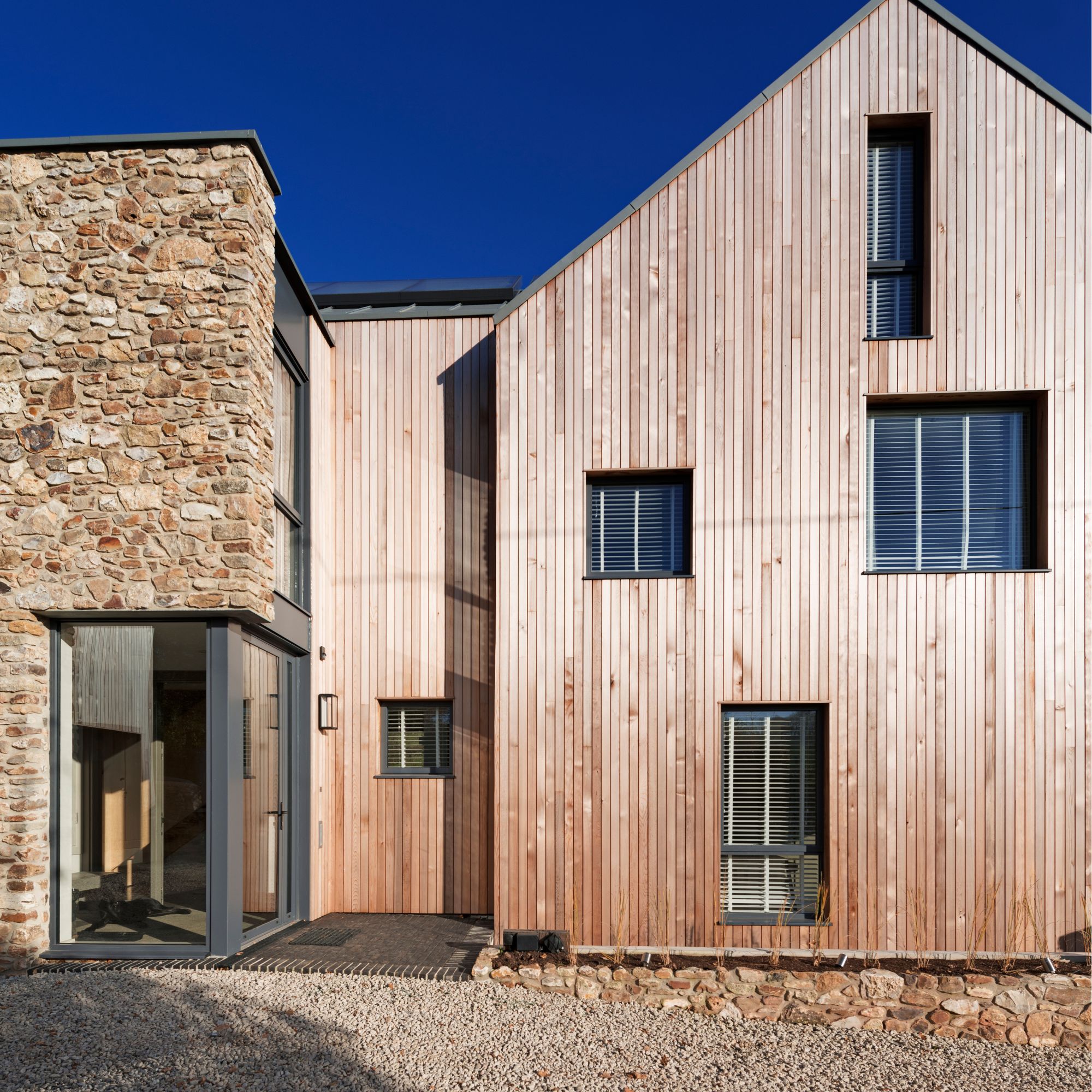
Wood is a robust and renewable resource that offers excellent longevity, and there’s a plethora of timber species, treatments and finishes to choose from. 'Timber cladding, made from natural wood, offers warmth, authenticity and timeless character, weathering to a silvery grey if left uncoated,' says Tom Barnes from Vastern Timber.
Sign up to our newsletter for style inspiration, real homes, project and garden advice and shopping know-how
Composite cladding, on the other hand, is typically made from a blend of recycled wood fibres and plastics, providing a low-maintenance cladding solution. 'It’s highly resistant to weathering, pests and fading, meaning it stays looking fresh year after year with minimal fuss,' says Toby Allen from NeoTimber.
Aesthetics
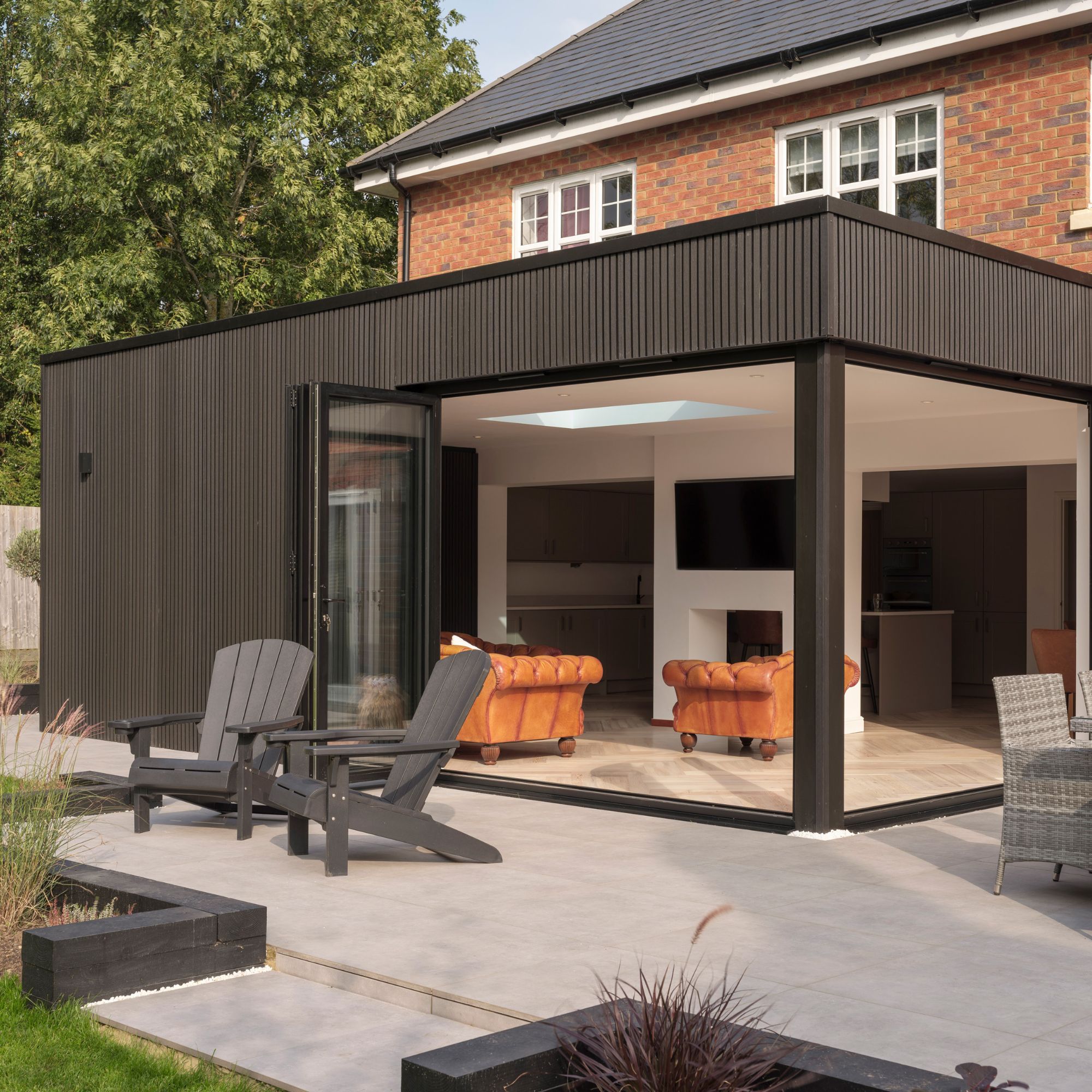
The characterful grain, plus the unique knots and patterns on the wood surface, are one of the main attractions of natural timber. There’s a plethora of shades available depending on the wood species and finish you choose, from the honey-colour hue of oak to the deep reds and browns of Western red cedar.
'The natural origins of timber mean each board comes with a subtly unique figuring and, depending on the species, different knot shapes, sizes and patterns,' says Graham Whitfield from Russwood.
As composite cladding is a manufactured product, the surface appearance of the wood will likely look a lot more uniform than authentic timber. However, it comes in an array of shades and finishes to suit your home.
'Composite cladding comes in a range of colours and finishes that stay true over time, offering a sleek and uniform appearance without the risk of splitting or warping,' says Laura Cranston from Ecoscape.
Durability & maintenance
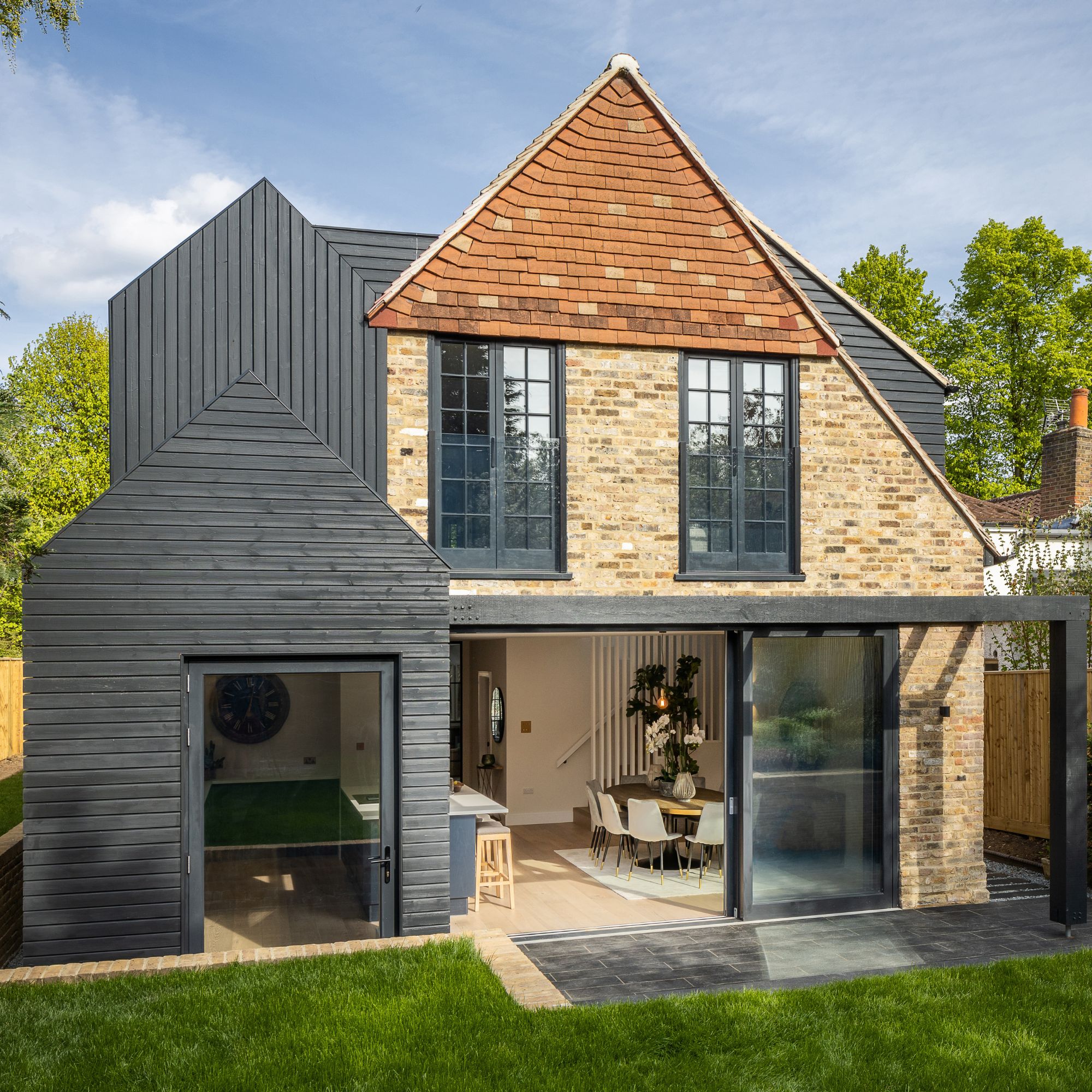
Minimal upkeep requirements are one reason homeowners are attracted to the idea of installing composite cladding rather than timber. 'Composite cladding doesn’t require annual painting, staining or sealing, and it resists issues like rot, insect damage and UV fading,' says Laura from Ecoscape.
In contrast, all timber products will weather over time, so some level of maintenance will be required to keep a natural wood finish looking good. Weathering is a process that changes the surface appearance of the cladding and could, over the course of months and years, change the overall appearance of your property.
'South-west facing walls weather relatively fast, due to their exposure to sunlight, whereas north-facing walls tend to weather more slowly, but uniformly,' says Graham from Russwood. 'If uneven weathering is a concern, SiOO:X, a patented wood surface modification treatment, can be applied. This achieves a consistently weathered appearance at an accelerated rate.'
Well-maintained softwood cladding can last between 30 and 50 years, or more, depending on the wood species. Hardwood cladding, such as oak, can last up to 100 years if it’s looked after well.
Environmental impact
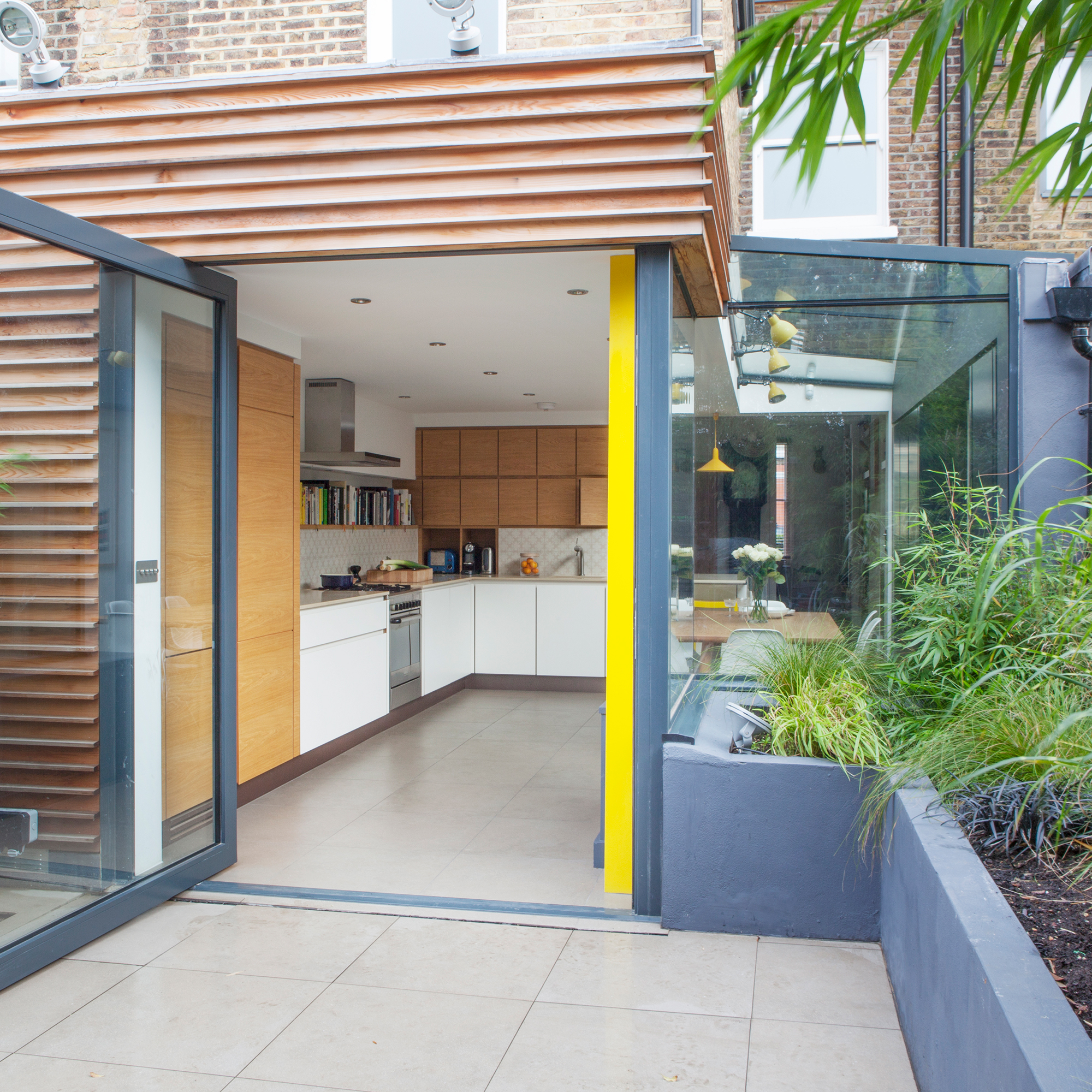
There are sustainability advantages to both natural timber and composite cladding, which can be a huge draw to homeowners. 'Both can be environmentally-conscious choices – it just depends whether you prioritise renewability [wood] or recycled content and longevity [composite],' says Laura from Ecoscape.
If you’re investing in timber cladding, double check the supply chain that shows where your wood came from to ensure it was sourced from a responsibly managed forest. Wood that comes with a seal of approval from the FSC or PEFC shows that it’s come from a sustainably managed source.
'Choosing wood from legal, well-managed forests ensures that the harvesting of the wood is sustainable over the long term, while buying locally reduces transport emissions and supports local woodlands, as well as rural economies,' says Tom from Vastern Timber.
Composite cladding scores extra green points due to the nature of the recycled content it contains. 'It makes use of recycled materials, reducing waste and extending the lifecycle of resources like plastics and wood by-products,' says Laura from Ecoscape.
Cost
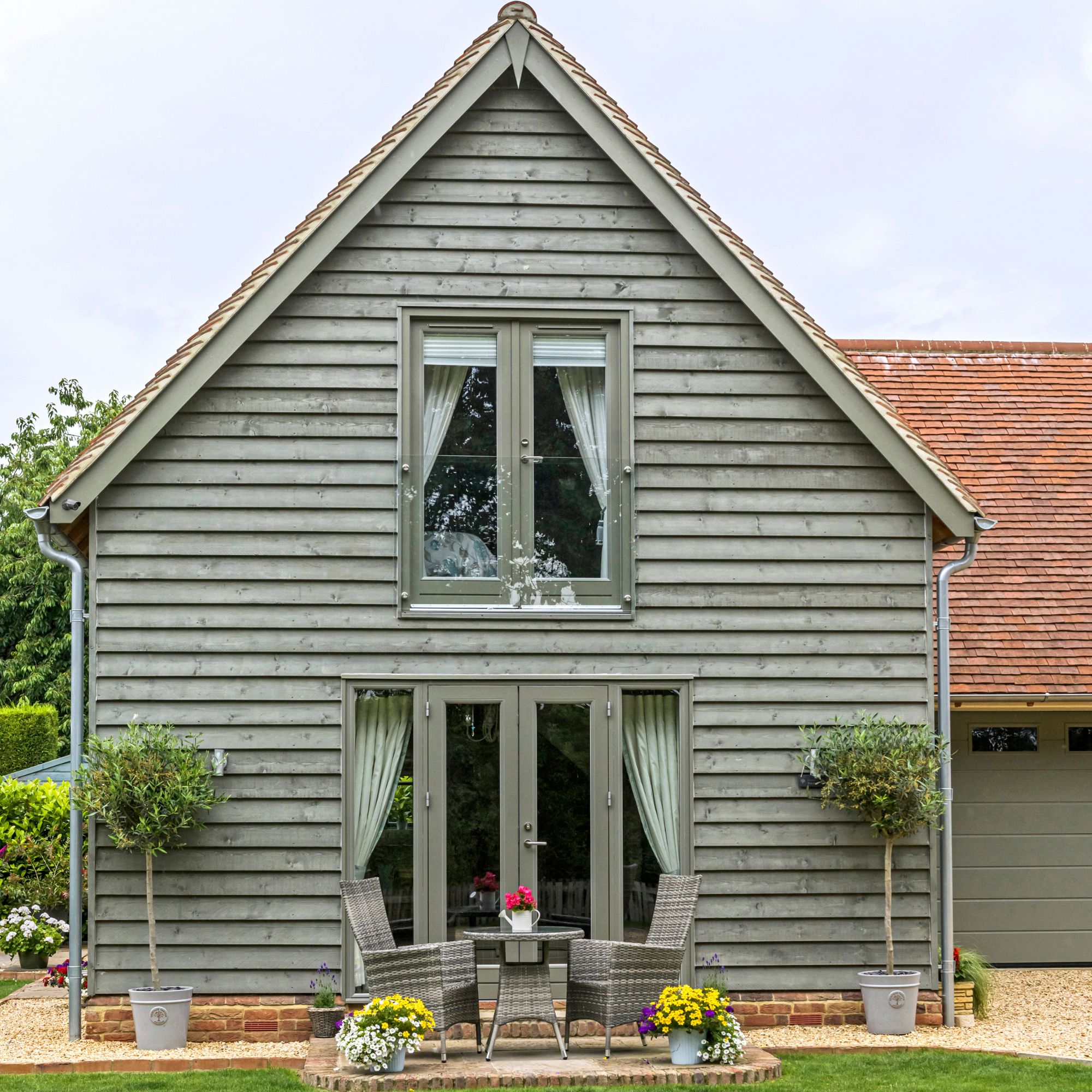
When it comes to how much house cladding costs, you'll need to consider both upfront and ongoing costs if you are choosing between timber and composite cladding.
There are options for all budgets when it comes to timber cladding. Untreated softwood boarding sits at the cheaper end of the price spectrum and could cost as little as £25 per m2.
However, don’t forget you’ll need to factor in ongoing upkeep costs. If left untreated, some of the cheaper softwoods won’t offer the longevity required for external cladding. Hardwood solutions with fewer knots tend to be more expensive, and could sit in the region of £100 per m2.
'The cost of timber cladding ranges from approximately £25 per m2 for sawn larch feather-edge to £90 per m2 for high-end timbers such as thermally modified ash and Canadian cedar, with plenty of options in between,' says Tom.
High-quality composite products tend to cost more than some types of natural timber. Yet, this cost difference should be factored against the savings you’ll make over the years on reapplying any maintenance treatments.
'As a general starting point, you should budget around £50-£70 per m2 for entry-level composite cladding systems,' says Laura from Ecoscape. 'If you’re looking at more premium, design-led solutions – those that offer richer colour variations, deeper grain textures and enhanced weather resistance – the price can rise to £100 - £140 per m2.'
Installation
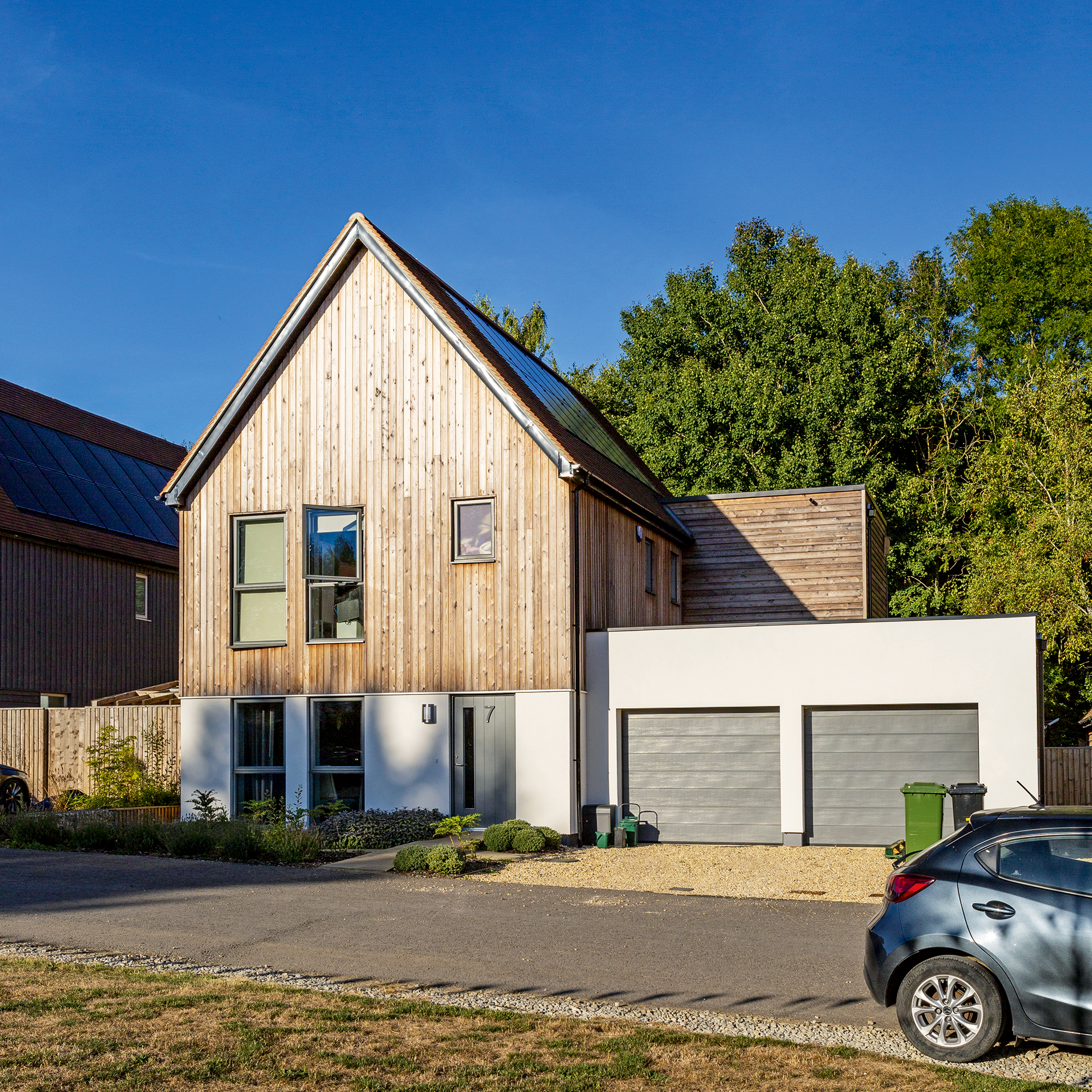
If you’re confident in your DIY skills, installing your own timber cladding is possible. However, sleek, crisp designs that require a sharp level of detail are best left to the professionals for the best possible finish. Some of the most common mistakes include failing to leave a sufficient expansion gap between individual boards, laying out the fittings incorrectly or using the wrong fixings altogether. So for some, this may be one of those renovation tasks best left to the pros.
However, composite could be more tricky to install. Depending on the exact product you choose, it’s possible that composite cladding may be heavier than a lot of natural wood solutions, which means there might be some additional requirements at the installation phase.
'Additional support battens or large fixings may be required to secure these boards and end caps might be required to cover cut boards,' says Ed Sutch from Vincent Timber.
Which is better – composite or timber cladding?
There are some scenarios where timber will be the better choice for your project – for instance, if you’re working on a strict heritage renovation or conversion project where natural timber is a requirement laid out by your local planning department. Plus, if you want to enjoy the natural evolution of your cladding’s colour as it’s exposed to the elements, authentic wood is the best option.
Durability and maintenance is where composite cladding may have the edge over natural timber. 'Composite cladding doesn’t warp, rot, splinter or fade,' says Toby from NeoTimber. 'No regular painting, staining or sealing is required – just sit back and enjoy.'
In some environments, like coastal locations, natural timber cladding is probably not the best solution as it may decay quickly. In this case, the robust nature of composite boards will likely serve your home better.
Ultimately, the choice between timber and composite cladding comes down to your project priorities and the unique features and location of your home. You should also weigh up whether you are prepared to undertake ongoing maintenance (or pay a professional to do it). If not, then it's best to pay a little more upfront and opt for composite cladding over timber.
If you're not looking to clad your whole house (or extension), consider paring the cladding with render for a clean, contemporary look.

Rebecca Foster started her journalism career in Bangkok in 2013, where she worked on the in-house editorial team at a luxury homes magazine. Since then, Rebecca has contributed to numerous property and interiors titles in the UK and Southeast Asia. She re-located to London in 2015 to work at one of the country’s leading self-build and home renovation magazines. In 2017, she left her job to split her time between freelance journalism and teaching yoga.
You must confirm your public display name before commenting
Please logout and then login again, you will then be prompted to enter your display name.